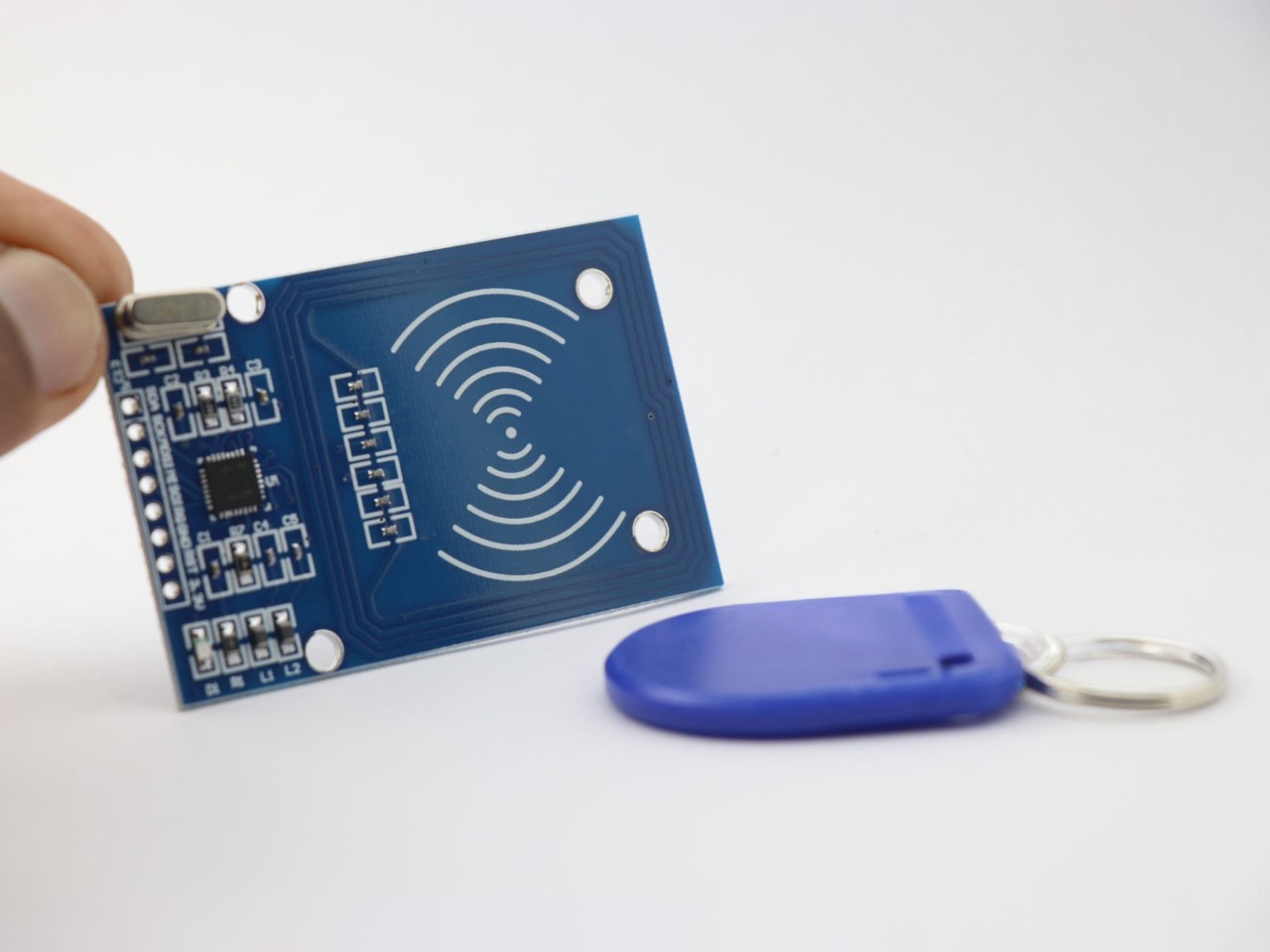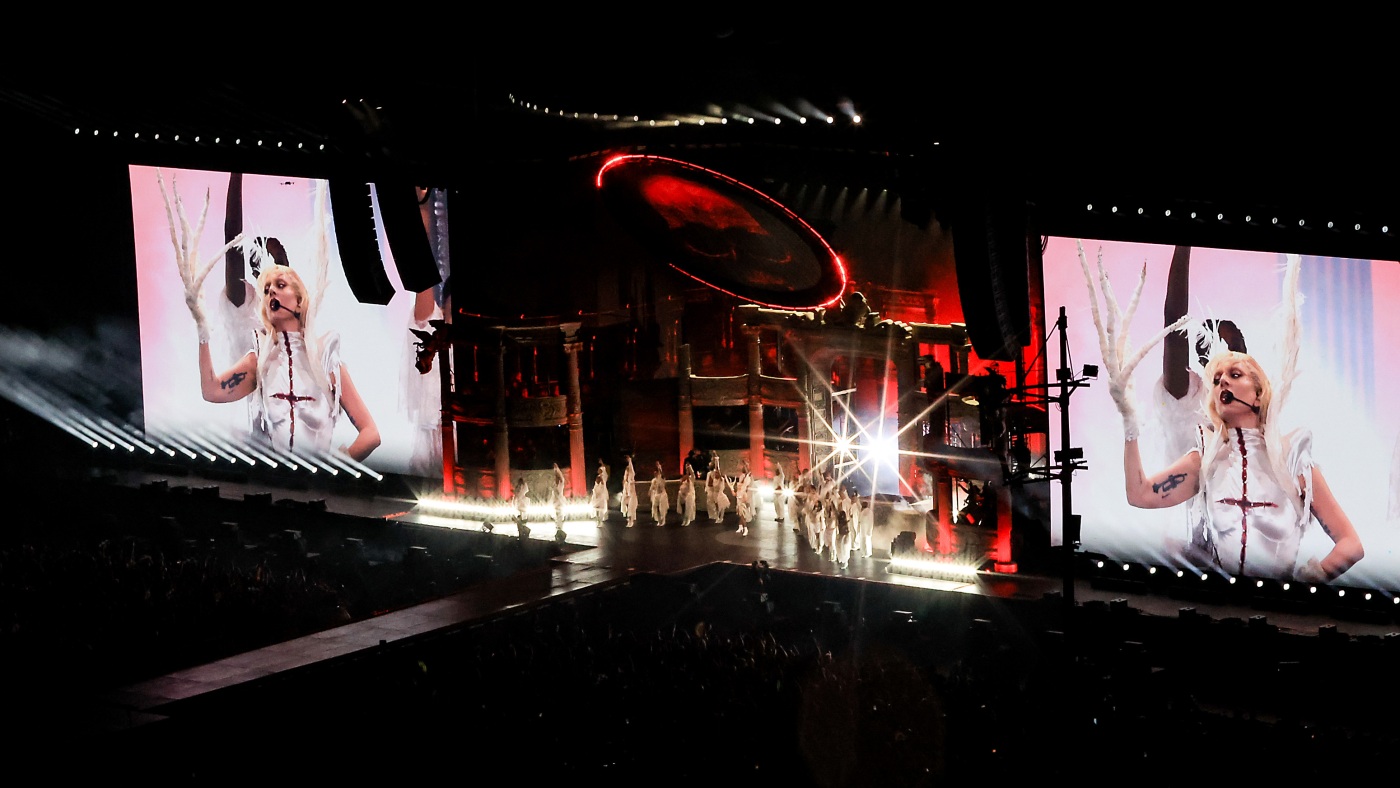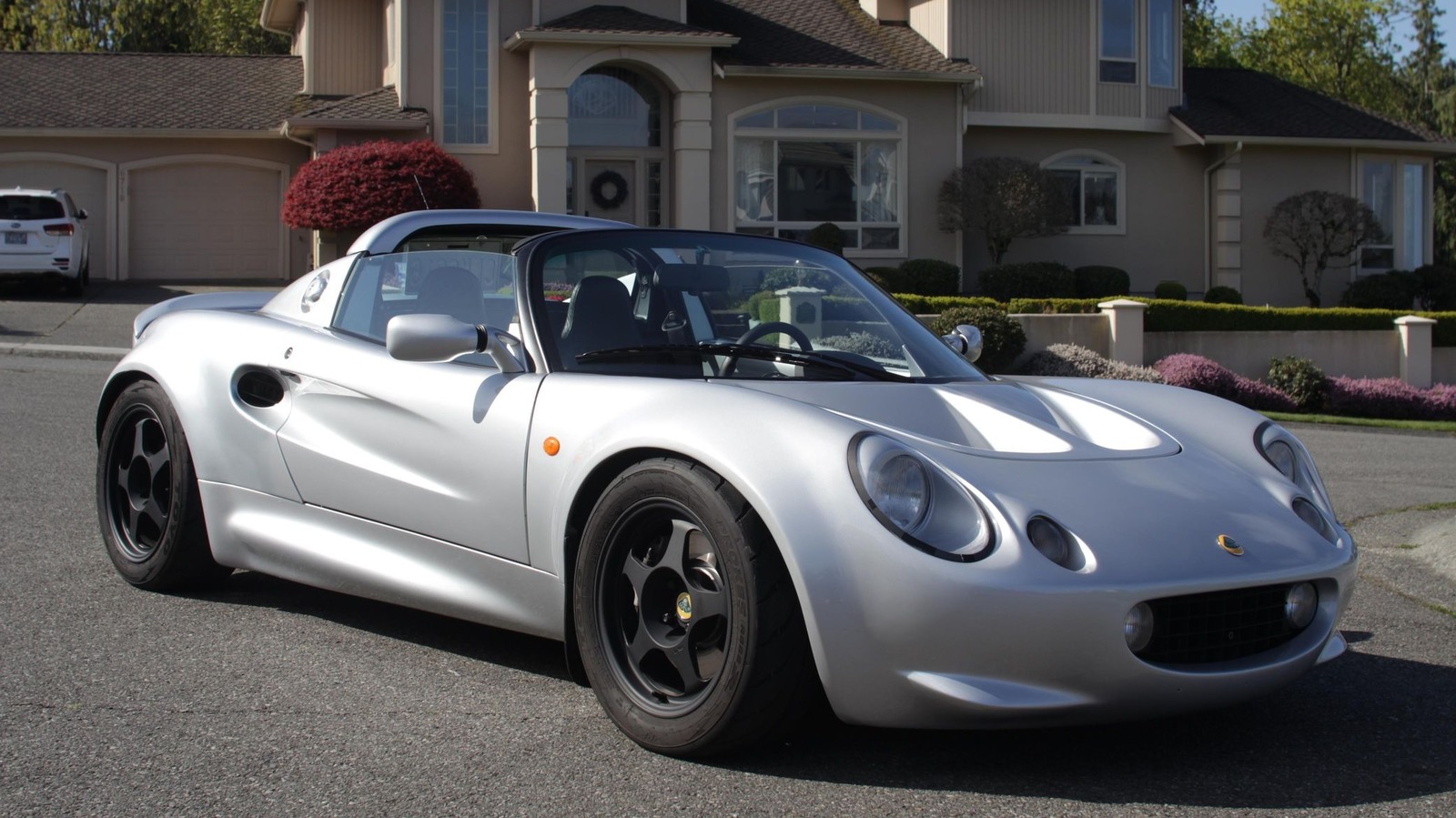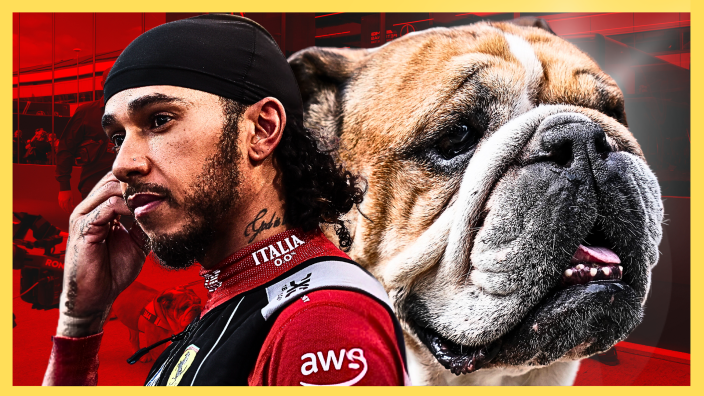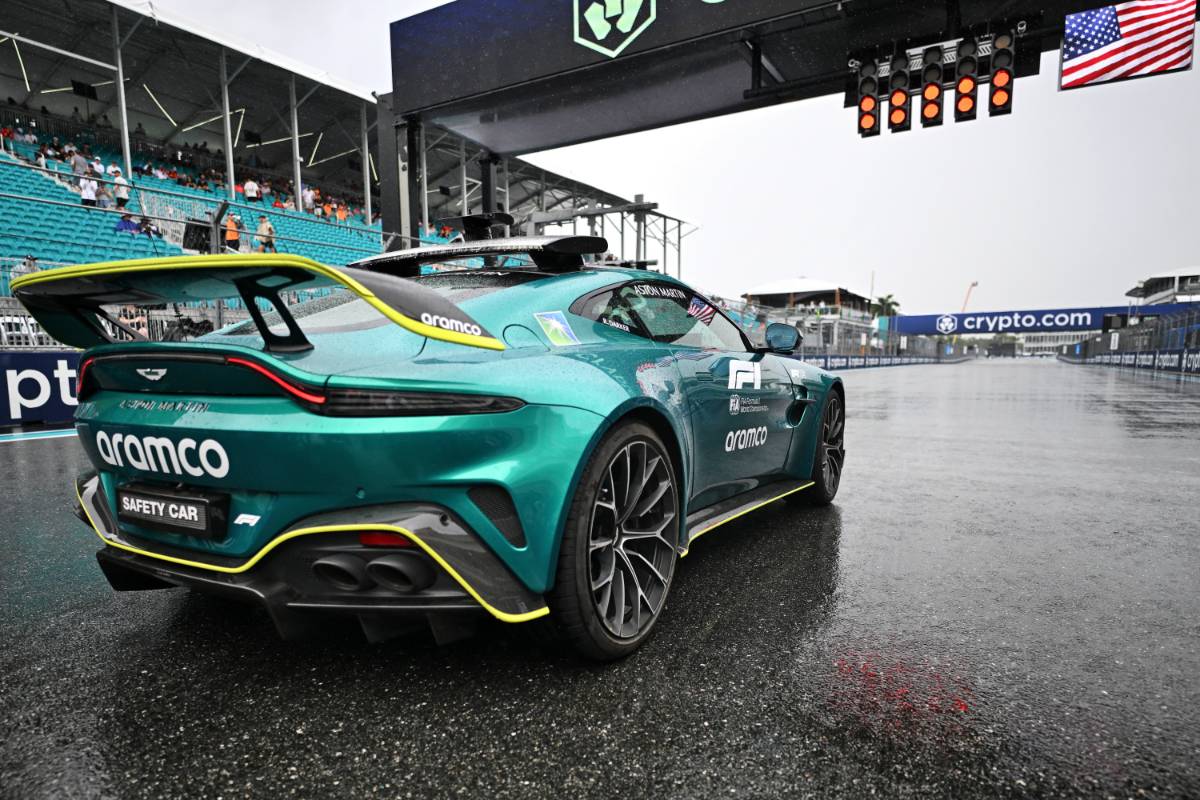What's on the job list for Cadillac's F1 team?
The relentless pace of the Formula 1 season has put developments from the start of last month firmly in the rearview mirror. But it was only (...)

The relentless pace of the Formula 1 season has put developments from the start of last month firmly in the rearview mirror.
But it was only in the first week of March that Cadillac finally got official confirmation of its place on the grid in 2026, signing a commercial agreement with Formula One Management (FOM) and finally being able to speak publicly about its plans.
Since then, five races have been held, and although Cadillac team principal Graeme Lowdon has been present at the majority of them, matters on track and Red Bull driver changes off it have generally earned the lion’s share of the headlines.
That’s been fine for Cadillac though, with so much to get done away from the paddock in order to be ready to run its own car for the first time in January of 2026.
Lowdon’s presence has simply been a product of how many meetings and discussions are held at grands prix, since that is where all of the stakeholders regularly congregate. It was also important to Cadillac and TWG Motorsports to begin familiarizing themselves with the paddock – the team is keen to avoid showing up as a bunch of new faces in nine months’ time.
“The focus is really wide and recruitment is extremely important at the moment,” Lowdon says. “We have, on average, over one person a day joining the team. So we have a weekly meeting every Wednesday morning at the factory, which involves everybody – or at least, everyone who’s there and those who aren’t there join it remotely – where we just have a chat, tell people what’s going on, which is really important.
“Also, we welcome the new starters. This week it was 14, I think. So recruitment is really key at the moment. Looking at the senior management team, there are still some roles that we are looking to fill. So we’ve got to wear multiple hats at the minute just to cover some of those roles. But we’re getting more and more people on board all the time.”
One of the latest additions was former Haas sporting director Pete Crolla in the role of team manager, who brings experience of setting up a new team and establishing it in the sport over a long period. That’s crucial from Lowdon’s perspective, because not only are employees having to be comfortable within an F1 team, but also “life inside of a startup business to some extent as well.”
The speed of the team’s growth means the first weekly Wednesday meeting was held with three people, and there’s now over 330.
And it is a very particular kind business that personnel are signing up to. Many experienced names – such as former Renault technical director Nick Chester, or highly-respected veteran Pat Symonds – have been hired to give the project direction and know-how, but both have more recent tenures within established, large organizations.
 Lowdon has been busy getting Cadillac’s F1 program ramped up for months, but the to-do list became exponentially longer once the team’s entry was formally signed off in late March. Vince Mignott/MB Media/Getty Images
Lowdon has been busy getting Cadillac’s F1 program ramped up for months, but the to-do list became exponentially longer once the team’s entry was formally signed off in late March. Vince Mignott/MB Media/Getty Images
The situation within Cadillac is very different, as it looks to create its unique structure under which it will operate out of multiple facilities across both the United States and Europe. It’s not just about the bricks and mortar, but also what needs installing within the walls.
“We’re building a few factories as well,” Lowdon says. “We’re building a brand-new flagship headquarters in Fishers in Indiana. It really is something very special. I can’t wait for people to see what that facility is going to look like. And it’s great to really show that commitment in the U.S. as well. It’s a big investment into U.S. facilities.
“We’re also developing the facilities at Silverstone. So there’s a huge project ongoing there. And then also on the power unit side, there’s a new factory being built for the power unit project as well.
“There’s a lot of construction going on as well. And then you have to buy a lot of stuff in setting an F1 team up. You only have to go and look at the accounts of the other teams, look at the balance sheets, to see that there’s hundreds of millions of dollars of equipment needed to operate a Formula 1 team at the highest level. You can’t just nip online and buy all that stuff. Some of it’s incredibly specialist, and very long lead times as well.”
The intention is for Fishers to become a “world-class, aerospace-standard manufacturing facility for composites and metallics”, tentatively coming online early next year. Silverstone will be the European logistics hub but will also have manufacturing capabilities for the wind tunnel model that is used in Toyota’s facility in Cologne, as well as aerodynamic engineering and development work.
Having a multi-territory team set-up brings many challenges, and Lowdon acknowledges it is not the norm in F1 beyond European borders, but lessons have been learned from the world of aerospace to make the structure as efficient as possible. Taking those lessons and turning them into actual processes also takes time.
The target that Lowdon is setting is to make Cadillac the most rewarding place to work in F1. He acknowledges that’s a tough ask, especially as many personnel came through the door in a show of trust that the team would gain a spot on the grid.
When the confirmation came through, Lowdon hand-signed letters to every single staff member to thank them for their faith in the project. It took him multiple days to complete, but marked the moment the button was pressed to enable work to start in multiple areas that couldn’t be activated before.
“I think something that people don’t realize is even though the regulations are published in Formula 1 – anyone can go on the FIA website and download the sporting and technical and financial regulations – there’s a whole myriad of directives and explanatory documents, and then a whole myriad of technical data and information databases and designs for components that can be shared that are only available to competitors,” he says. “So, existing teams.
 Confirmation of Cadillac’s entry opened up access to technical information only available to existing teams. This means that for the first time, it can start developing its car on equal terms. Sam Bloxham/Getty Images
Confirmation of Cadillac’s entry opened up access to technical information only available to existing teams. This means that for the first time, it can start developing its car on equal terms. Sam Bloxham/Getty Images
“We’ve (been) denied access to all of that, quite rightly, because we weren’t a Formula 1 team. But it is incredibly difficult to design a car without that information.
“A good example would be information about tires. That’s only available to competitors. So once we had the announcement about the entry, then it was a kind of opening of the doors of an awful lot of information.
“But prior to that… if we look at, for example, last year, we were very active in the wind tunnel, but we couldn’t even get any wind tunnel tires from Pirelli because they’ll only supply them to Formula 1 teams. So we had to make our own tires. And I think we did a very good job of that. But any tiny difference in a wind tunnel model will effectively invalidate all of your design direction and data, and everything else like that.
“If it was better for all teams to go and make their own tires, every team would do it – and nobody does it. They get them from Pirelli because that’s the closest to what the real thing is.
“So now that we’ve got the entry confirmed, we’re just in a position to do things with a lot more accuracy and more detail, and more relevance as well going forward.”
There are certain items that are more fluid, such as driver negotiations – something Lowdon also says couldn’t be committed to until the entry was formalized – and even the potential purchase of an old car from another team for race team preparation purposes. If another team is willing to sell a car that is at least two years old, and the FIA approves it, then Cadillac can go testing of previous car (TPC) running later this year.
But other deadlines are set in stone, and Lowdon says they will be coming thick and fast right up to the point that the team’s first full creation hits the track for pre-season testing next year.
“We have a calendar which we work through, which is very detailed,” he says. “We’re already past certain design freezes. Typically at this time of year, it’s things like suspension pickups and this, that and the other. As, as we go through month by month on that calendar, we’ve got other key dates.
“Aero freezes, design freezes, and then that leads up to things like first fire up, first body fit, first time the car would go on a full-car dyno, and then first shakedown as well. It’s just like we’ve got our own little advent calendar from now through until January and there’s just a whole bunch of deadlines on it. Pretty much every month now, there’s multiple deadlines.”
Driver line-ups, liveries and car designs are all the eye-catching developments that fans get excited by, but those barely even count as the tip of the iceberg. Who knows how quick the first car will prove to be, but Cadillac’s project is currently operating at a pace as relentless as the season itself.












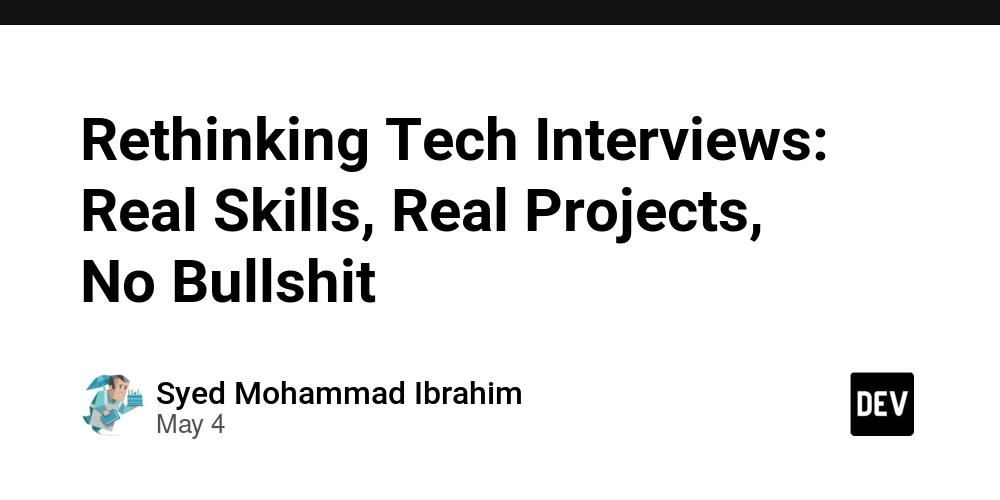








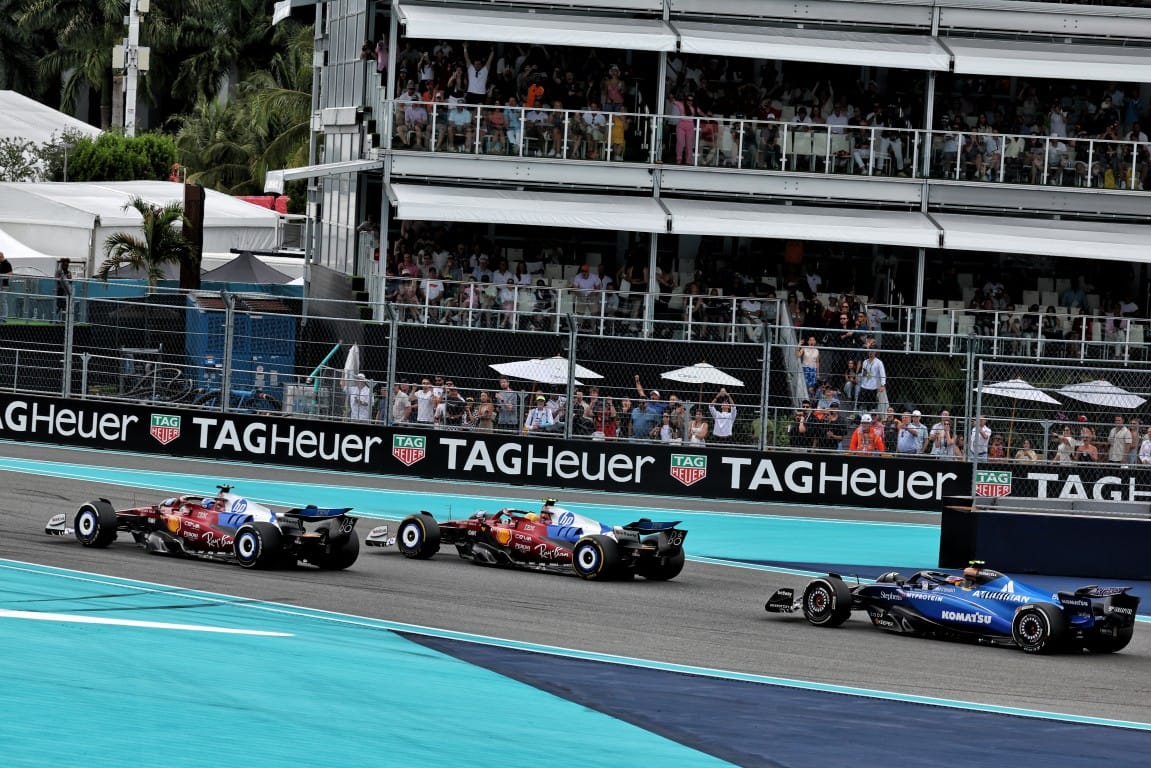

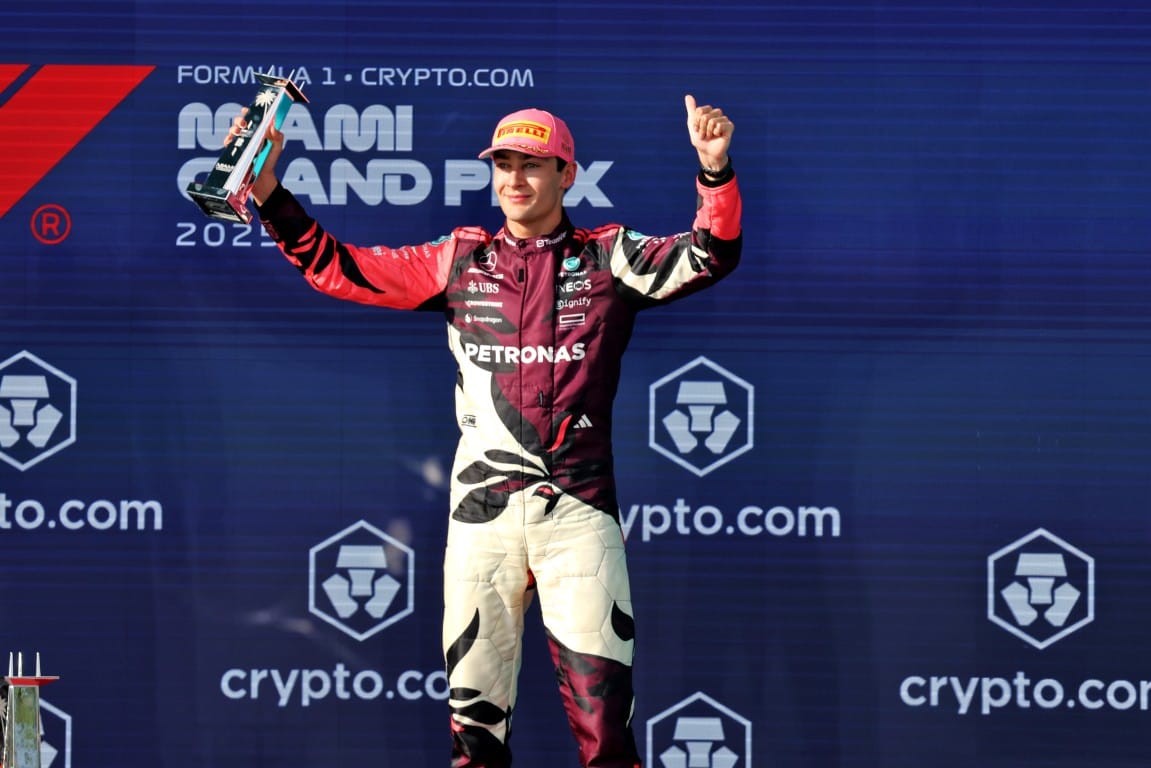
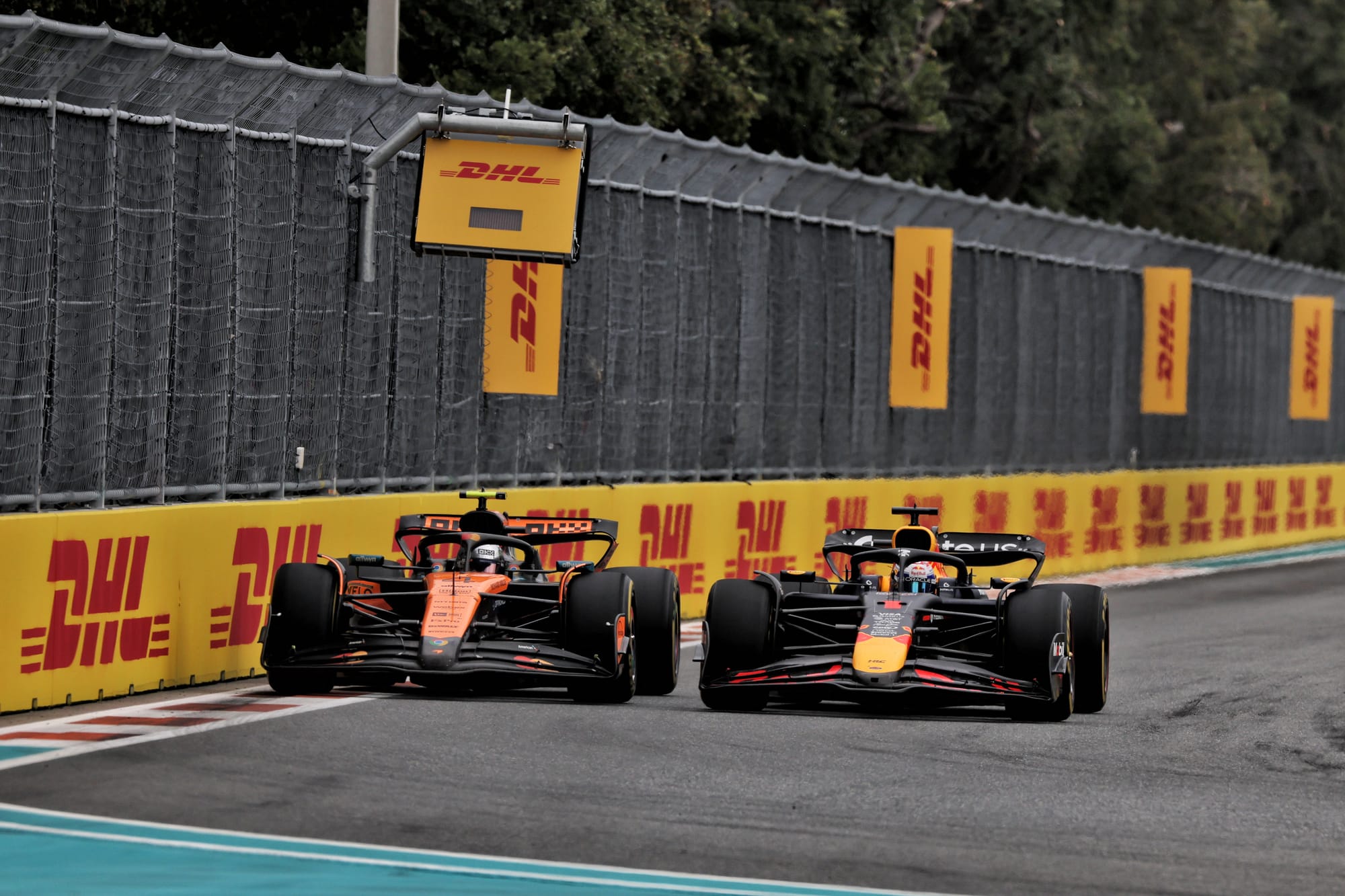



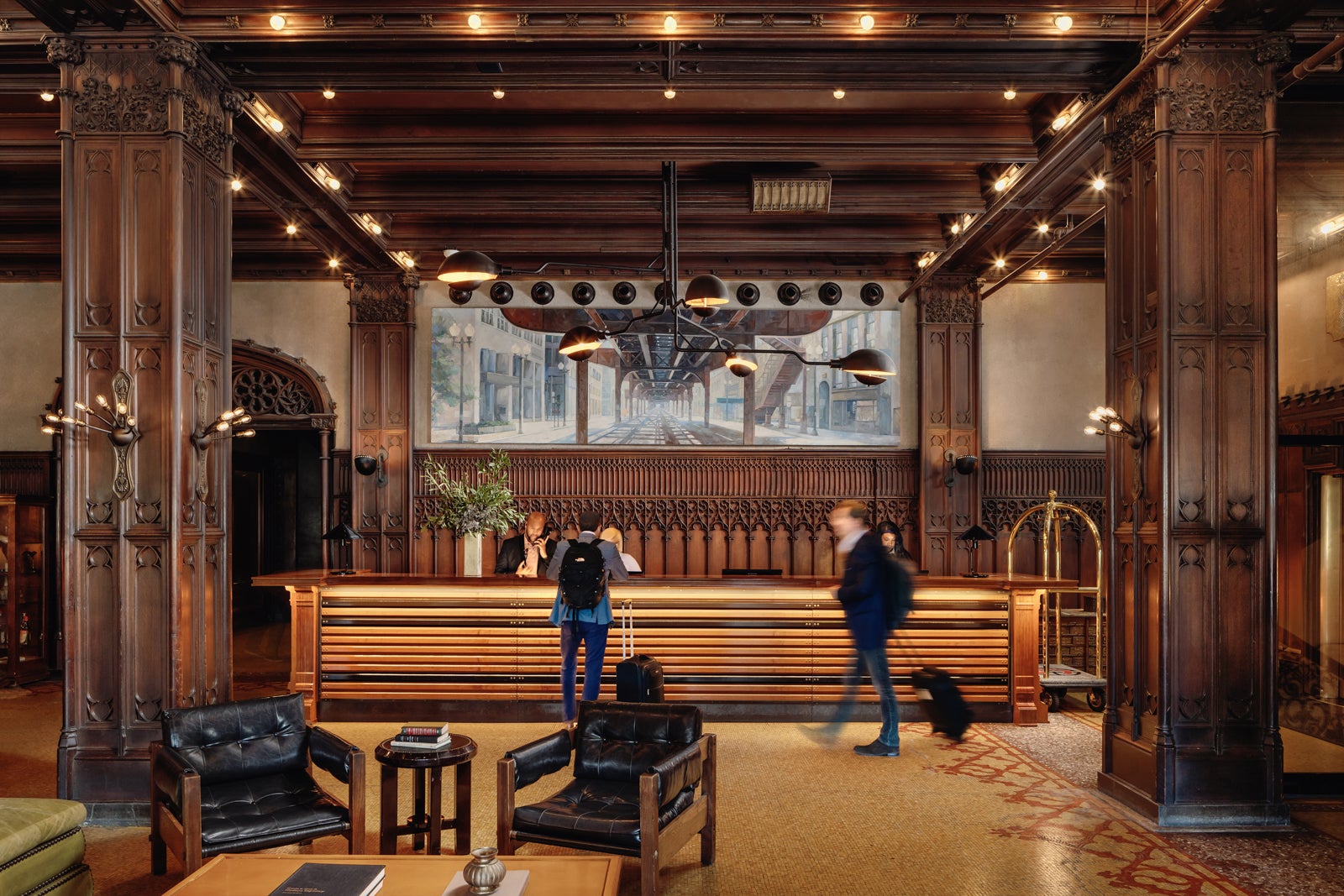













![2025 Best Credit Card Bonus Offers [May]](https://viewfromthewing.com/wp-content/uploads/2015/03/credit-cards.jpg?#)











